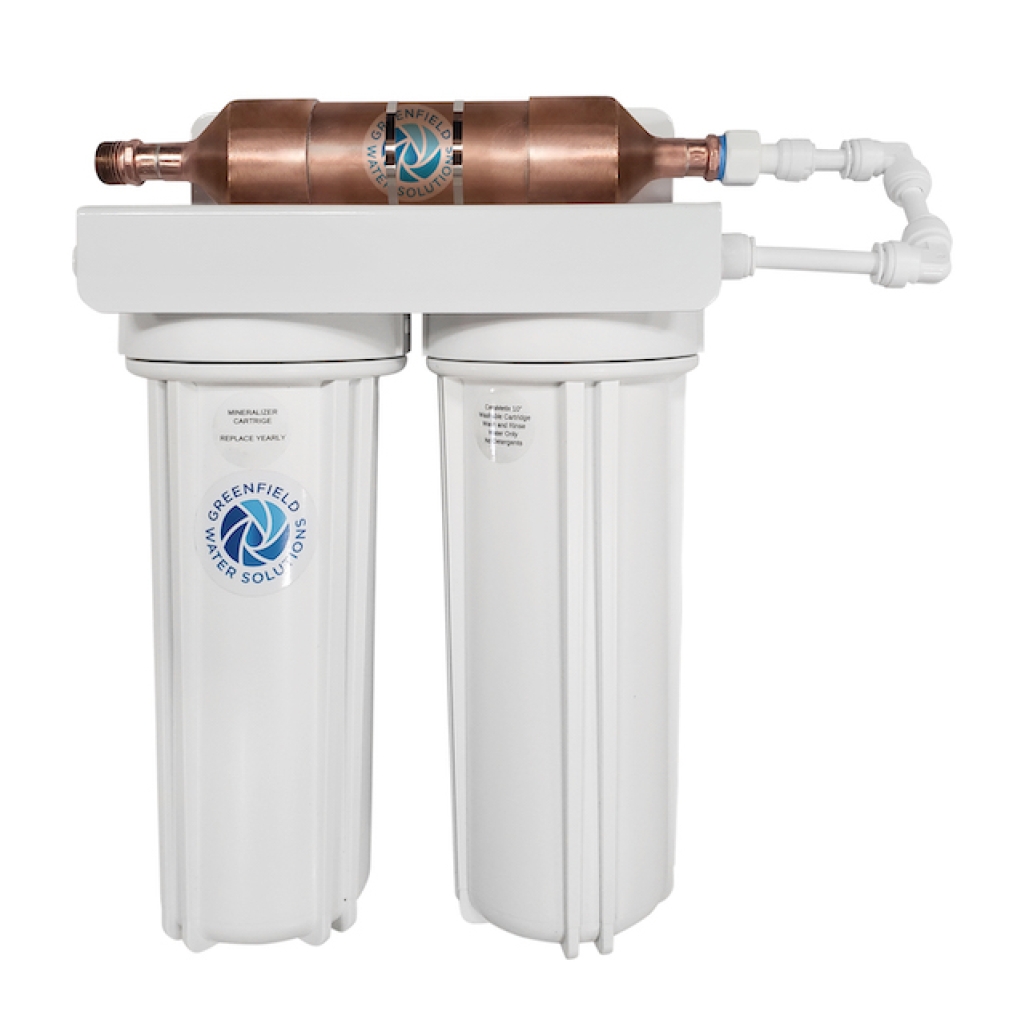
Image Source: Google
In the world of retail, managing returns and unsold inventory has always been a challenge for businesses. However, with the rise of reverse logistics, retailers are finding new ways to not only handle returns efficiently but also capitalize on the resale market. This article explores how reverse logistics is revolutionizing the retail industry, turning what was once a cost center into a potential revenue stream.
The Rise of Reverse Logistics
Reverse logistics refers to the process of moving goods from their final destination back to the manufacturer or point of origin. This can include returns from customers, unsold inventory from retailers, or defective products that need to be repaired or recycled. In the past, managing these reverse flows was often seen as a necessary evil, with retailers struggling to find cost-effective ways to handle returned merchandise.
Benefits of Reverse Logistics
- Reduced waste: By implementing reverse logistics processes, retailers can reduce the amount of waste that ends up in landfills. Returned or unsold items can be repurposed or recycled, reducing the environmental impact of retail operations.
- Cost savings: Properly managing reverse logistics can lead to significant cost savings for retailers. By reselling returned or unsold items, businesses can recover some of the value lost in the initial sale.
- Customer satisfaction: Efficient reverse logistics processes can help improve customer satisfaction by providing a seamless returns experience. Customers are more likely to return to a retailer that makes the returns process simple and hassle-free.
Resale Market Opportunities
One of the key benefits of reverse logistics is the opportunity for retailers to tap into the resale market. Instead of simply disposing of returned or unsold items, businesses can resell these products through various channels, such as online marketplaces, consignment stores, or their own resale platforms. This not only helps recoup some of the value of the products but also opens up new revenue streams for retailers.
Types of Resale Models
- Online marketplaces: Retailers can list returned or unsold items on online platforms such as eBay, Amazon, or Poshmark. These platforms provide access to a large customer base and can help retailers reach buyers who are looking for discounted or secondhand items.
- Consignment stores: Some retailers partner with consignment stores to sell their returned or unsold inventory. Consignment stores typically take a percentage of the sale price as a commission, but this can be a good option for retailers looking to offload excess inventory quickly.
- Own resale platforms: Many retailers are now launching their resale platforms to sell returned or refurbished items directly to consumers. These platforms can help build brand loyalty and attract environmentally conscious shoppers who are looking for sustainable shopping options.
Challenges and Solutions
While reverse logistics offers many benefits to retailers, it also comes with its own set of challenges. Managing returned merchandise and resale operations can be complex and time-consuming, requiring retailers to invest in efficient processes and technologies to streamline operations.
Key Challenges
- Inventory management: Keeping track of returned or unsold inventory can be challenging, especially for retailers with a large product catalog. Implementing inventory management systems can help retailers track the status and location of each item.
- Quality control: Ensuring the quality of returned or refurbished items is essential to maintaining customer satisfaction. Retailers need to have processes in place to inspect, repair, and repackage items before reselling them.
- Logistics and fulfillment: Managing the logistics of returned merchandise and resale operations can be complex, requiring retailers to work with reliable logistics partners to handle shipping and fulfillment.
Solutions
- Automated systems: Investing in automated systems such as barcode scanners, RFID technology, and inventory management software can help streamline reverse logistics operations and improve efficiency.
- Quality control processes: Implementing robust quality control processes, including product inspection and testing, can help ensure the quality of returned or refurbished items before they are resold.
- Collaboration with partners: Working with reliable logistics partners and resale platforms can help retailers expand their reach and improve the speed and accuracy of their resale operations.
Conclusion
Reverse logistics is transforming the way retailers handle returns and unsold inventory, providing new opportunities to capitalize on the resale market. By implementing efficient processes and leveraging technology, retailers can turn what was once a cost center into a potential revenue stream, while also reducing waste and improving customer satisfaction. Embracing reverse logistics is not only beneficial for retailers but also for the environment, as it helps reduce the environmental impact of retail operations.







